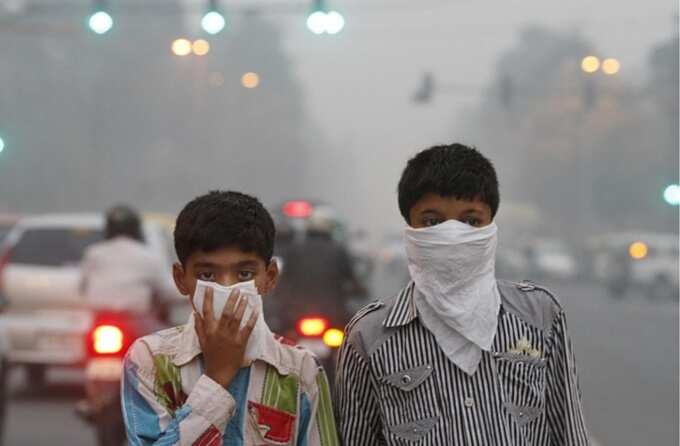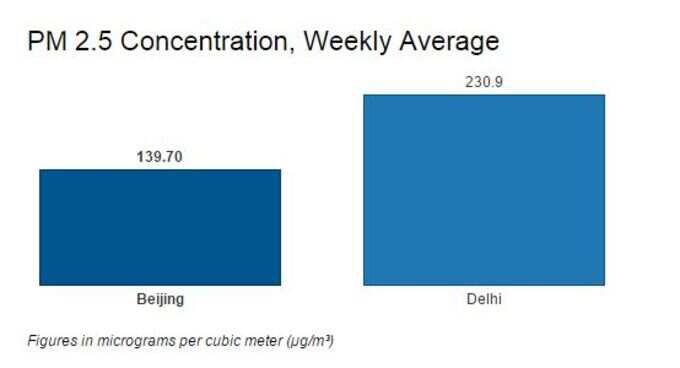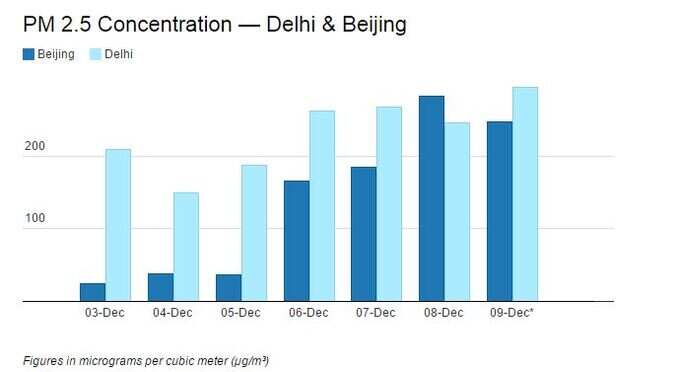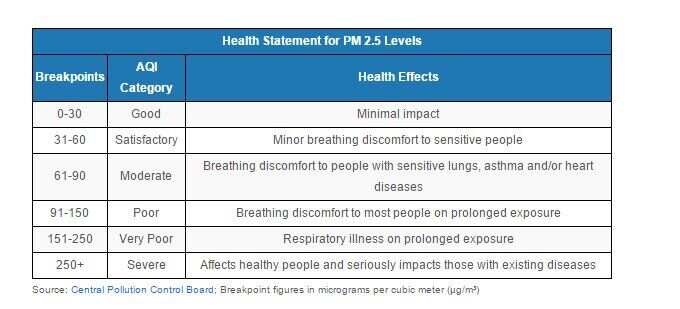
Last year, the World Health Organisation declared India’s capital city, New Delhi, as the most polluted city in the world, leaving behind China’s capital Beijing, which is often talked of in the same sentence as
And, this year- or to be precise last week when the world’s leaders congregated in Paris to discuss climate change and solutions to global warming, these two cities again made headlines for experiencing the worst pollution they’ve witnessed in recent times.
Similar as their dubious distinction might be for being one of the most polluted cities, what set these two capital cities apart is their government’s reaction to the worrying pollution.
While the authorities in
This is despite the Indian capital’s most polluted neighbourhood’s particulate pollution (PM 2.5) readings being around 530 per cubic meter, way past the WHO’s permissible threshold.
Apart from the smog engulfing the capital which reduced visibility down to about 200 metres, the US embassy’s monitoring station also recorded an air quality index of 372- putting

Additionally, according to an analysis of PM 2.5 concentration data by IndiaSpend, Delhi’s air-pollution has been one and a half times worse than in Beijing over the past week.
It further stated that “the average weekly PM 2.5 concentration in Delhi’s air was 230.9 micrograms per cubic metre (µg/m³), giving it a ‘very poor’ rating of air quality under the guidelines of the Central Pollution Control Bureau (CPCB). The rating could lead to ‘respiratory illness on prolonged exposure’.
Beijing, by comparison, recorded a PM 2.5 concentration of 139.7µg/m³ during the same period.”

Moreover, the PM 2.5 concentration level in Delhi has also been higher than Beijing for six out of seven days under consideration, based on a comparison of daily averages.

Keeping in mind that Delhi’s PM 2.5 concentration exceeded 250 µg/m³ thrice over the last week, it found itself placed under the ‘severe’ category, which means that the PM 2.5 concentration is so high that it might affect healthy people and seriously impact those with existing diseases.
And, according to Anumita Roychowdhury, Executive Director, Centre for Science and Environment, there is no additional room for air pollution either in the air or in our lungs.
Thus, the question in front of us is very simple- What are we doing to ensure that the situation doesn’t get worse?
The New Delhi government is yet to issue a formal warning on the issue or help its citizens understand the severity of the situation and although
Image credit: IndiaSpend, Indiatimes